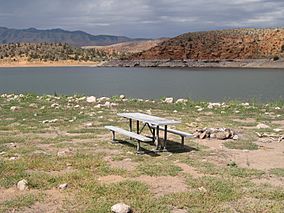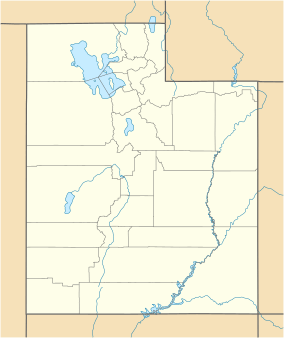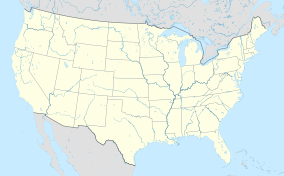Gunlock State Park facts for kids
Quick facts for kids Gunlock State Park |
|
|---|---|
|
IUCN Category V (Protected Landscape/Seascape)
|
|

Picnic table at Gunlock State Park, June 2009
|
|
| Location | Washington, Utah, United States |
| Area | 548.5 acres (222.0 ha) |
| Elevation | 3,600 ft (1,100 m) |
| Established | 1970 |
| Visitors | 55912 (in 2011) |
| Operator | Utah State Parks |
Gunlock State Park is a fun state park in Utah, USA. It's next to a big lake called a reservoir, which is about 266 acres (108 hectares) in size. The park is located about 15 miles (24 km) northwest of St. George.
The dam that created the reservoir was built in 1970. It helps provide water for farms (called irrigation) and stops floods when there's too much rain.
Contents
What Can You Do at Gunlock State Park?
Gunlock State Park is a "primitive area." This means it's mostly natural and doesn't have many buildings or shops. But that's part of its charm!
You can enjoy many outdoor activities here:
- Camping under the stars
- Swimming in the reservoir
- Boating on the water
- Fishing for different kinds of fish
How Gunlock Got Its Name
The park and the reservoir are named after the small town nearby, called Gunlock. The town itself was named after a very interesting person: William "Gunlock Will" Hamblin.
William Hamblin was the first person to settle in this area. He was a Mormon pioneer who moved here in 1857. "Gunlock Will" was known for being a great hunter and a very accurate shooter. He was also skilled at fixing "gunlocks."
What is a Gunlock?
A gunlock is a special part of old guns, like muzzleloaders. It's the firing mechanism that makes the gun shoot. William Hamblin was so good at fixing these parts that people called him "Gunlock Will"!
The Old Spanish Trail
The road you take to get to Gunlock State Park is part of a famous old path called the Old Spanish Trail. This trail was used a long time ago, from the 1820s until 1849.
Horse riders and traders used this trail to travel between Santa Fe, New Mexico and Los Angeles, California. It was a very important route for trade and travel back then. After 1849, people found a shorter way to get to the gold fields in California, so the trail was used less often.
![]() This article incorporates public domain material from the website of the Division of Utah State Parks and Recreation.
This article incorporates public domain material from the website of the Division of Utah State Parks and Recreation.



